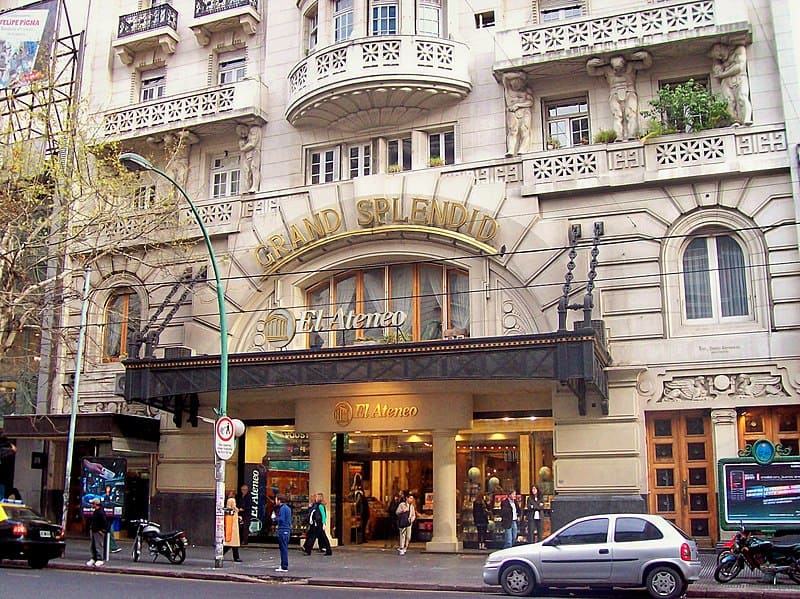In the fascinating world of insects, some species stand out not just for their unique appearances and behaviors but also for their extraordinary prices. Collectors and enthusiasts are willing to pay significant amounts for these rare and exotic creatures. From beetles with striking horns to butterflies with vibrant colors, these insects command high prices due to their rarity, beauty, and the challenges associated with breeding them in captivity. Here is a list of some of the most expensive insects in the world, each with its own unique story and remarkable value.
Stag Beetle (Lucanus cervus)
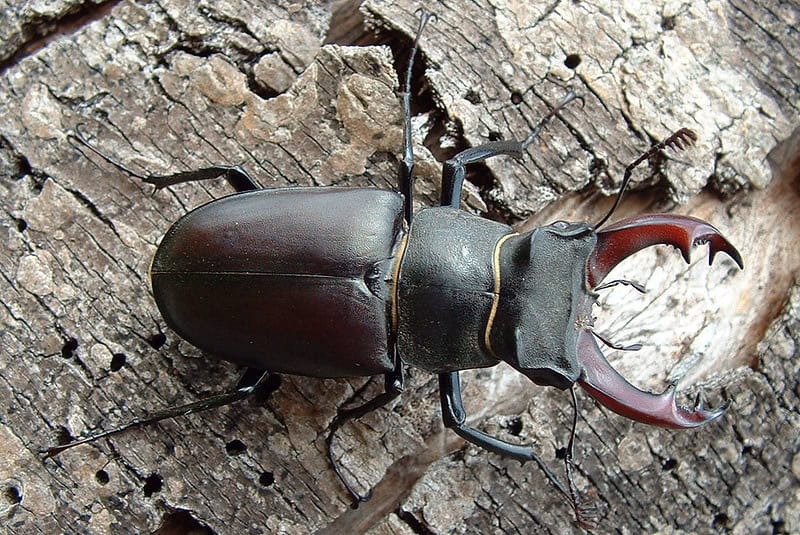
The Stag Beetle, known for its impressive mandibles resembling deer antlers, can fetch prices up to $89,000. Native to Europe, this beetle’s males are particularly sought after due to their size and distinct appearance. Collectors prize them for their rarity and the difficulty of breeding them in captivity. The beetle’s shiny black or reddish-brown body adds to its allure. Its value is also driven by its symbolic status in various cultures.
Rhinoceros Beetle (Dynastinae)
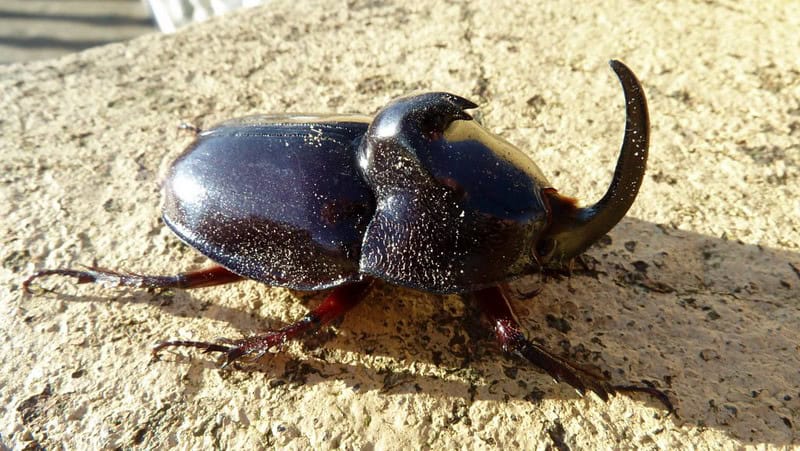
Rhinoceros Beetles, with their distinctive horn-like structures, can sell for around $10,000. These insects are native to tropical regions and are often revered for their strength, capable of lifting objects 30 times their weight. Their horns, used in combat and mating rituals, make them highly desirable among collectors. Rhinoceros Beetles come in various sizes and colors, further increasing their appeal. Their impressive appearance and behavior make them a favorite in insect enthusiast circles.
Polka Dot Wasp Moth (Syntomeida epilais)
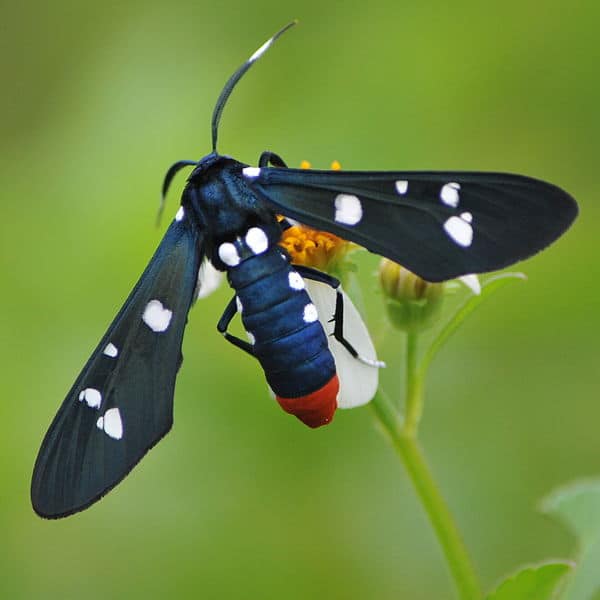
The Polka Dot Wasp Moth, with its striking blue-black wings and white spots, can be valued at up to $1,500. Found in the southern United States and parts of Central America, this moth is unique due to its vibrant coloration and wasp-like appearance. It is particularly prized for its rarity and the difficulty in breeding it. The larvae feed on oleander, which can be toxic, adding to the challenges of cultivation. Its unique look and rarity make it a prized addition to any collection.
Death’s-Head Hawkmoth (Acherontia atropos)
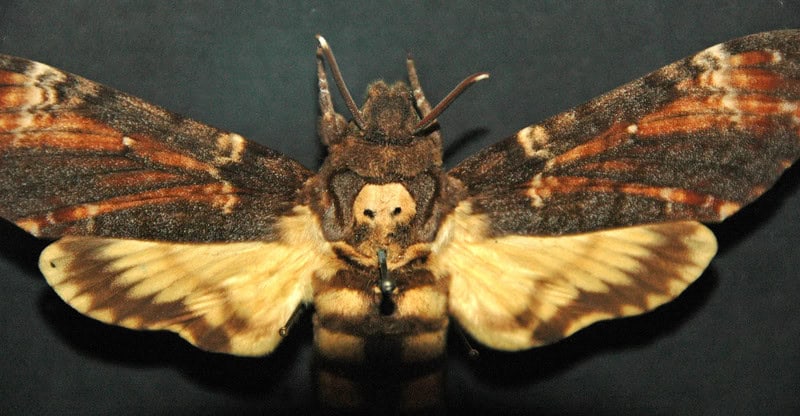
The Death’s-Head Hawkmoth, named for the skull-like pattern on its thorax, can be worth around $1,200. Native to Europe and Africa, this moth is famous for its eerie appearance and ability to emit a loud squeak when threatened. Its unique features and cultural significance, often associated with death and superstition, increase its value. The larvae are equally striking, with vibrant blue and green hues. This moth’s mystique and rarity make it a highly coveted specimen.
Queen Alexandra’s Birdwing (Ornithoptera alexandrae)
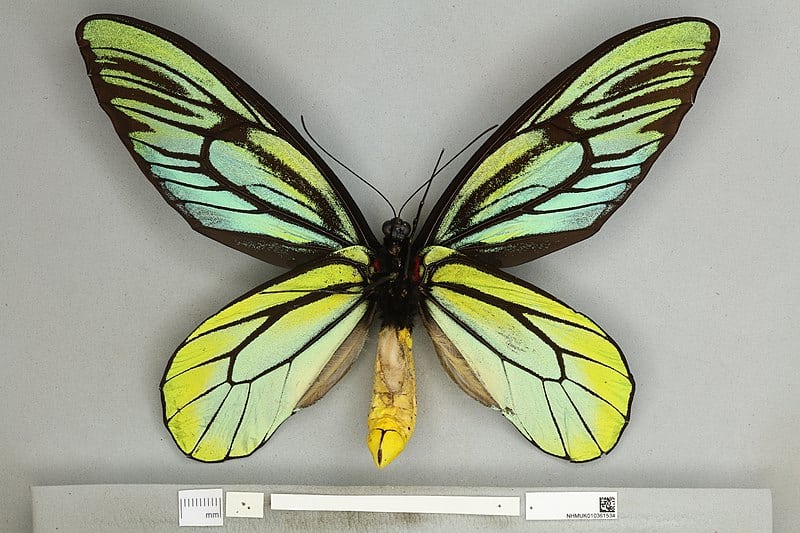
The Queen Alexandra’s Birdwing, one of the largest butterflies in the world, can sell for up to $9,000. Endemic to Papua New Guinea, this butterfly is known for its impressive wingspan, which can reach up to 12 inches. Its stunning blue and green colors make it highly desirable among collectors. However, its rarity and the difficulty of breeding it in captivity contribute to its high price. The butterfly is also protected under international law, adding to its exclusivity.
Hercules Beetle (Dynastes hercules)
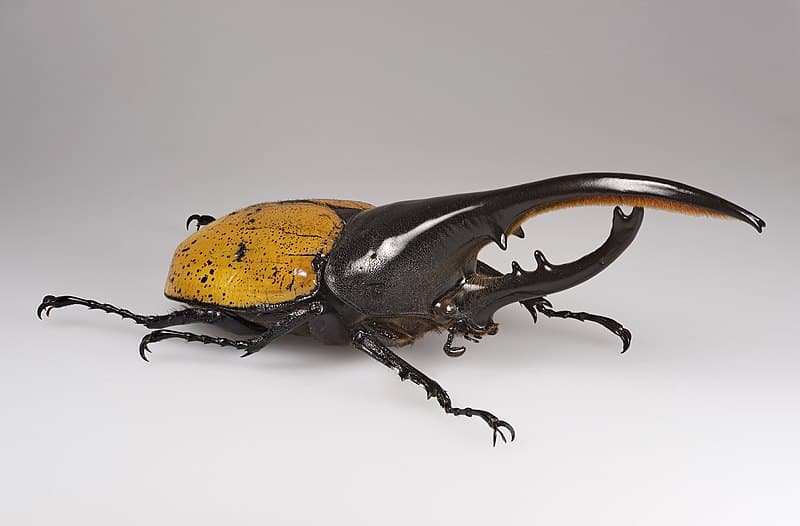
The Hercules Beetle, famous for its long horn, can be valued at around $3,000. Native to Central and South America, this beetle is known for its size and strength, capable of carrying up to 850 times its weight. Collectors prize the beetle for its impressive horn, which can reach up to half its body length. The beetle’s varying colors, from green to black, also add to its appeal. Its rarity and distinctive features make it a sought-after specimen.
Atlas Moth (Attacus atlas)
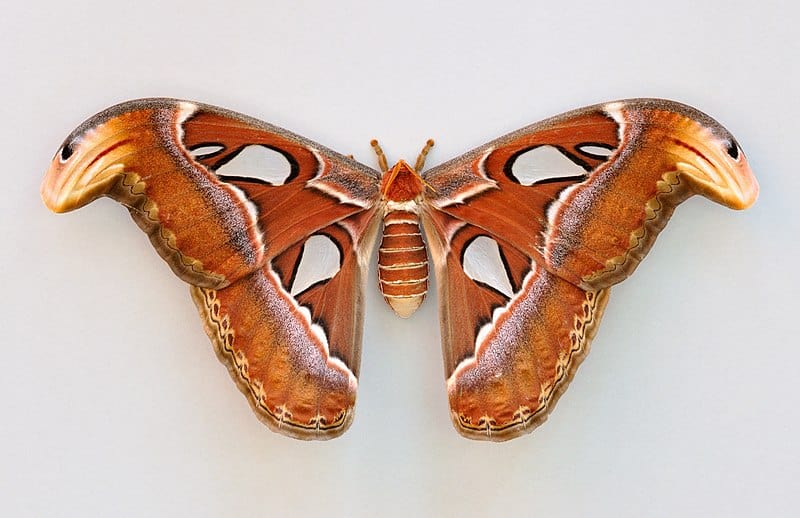
The Atlas Moth, with its enormous wingspan of up to 10 inches, can fetch prices around $400. Native to the forests of Southeast Asia, this moth is known for its size and the intricate patterns on its wings. The moth’s wings resemble a map, hence its name, and are marked with distinctive “snake head” patterns. Collectors value the moth for its beauty and rarity. Its short adult lifespan and the challenges of breeding it add to its exclusivity.
Goliath Beetle (Goliathus goliatus)
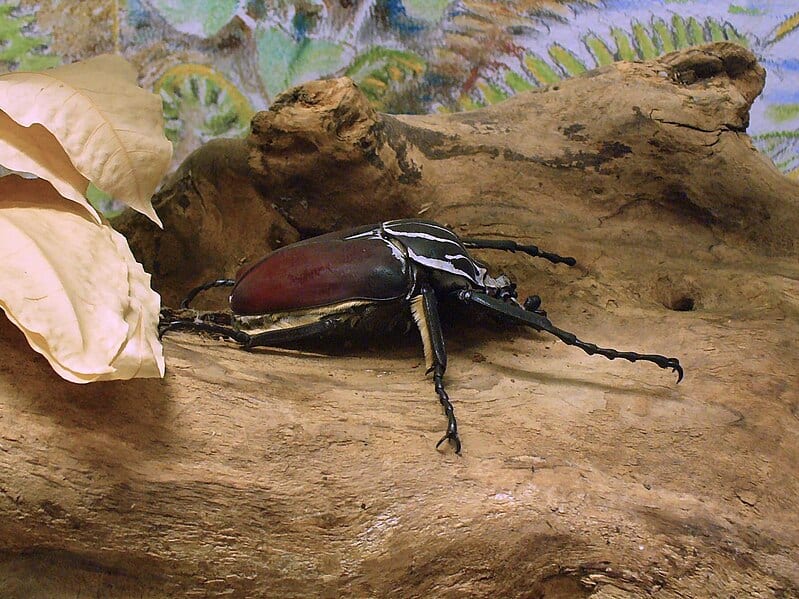
The Goliath Beetle, one of the largest beetles in the world, can be worth up to $500. Native to the tropical forests of Africa, this beetle is known for its impressive size and striking appearance. Its black and white or brown and yellow coloring makes it highly desirable among collectors. The beetle’s larvae can grow to be as long as a human hand, adding to its allure. Its rarity and the difficulty of breeding it in captivity contribute to its high price.
Leaf Insect (Phylliidae)
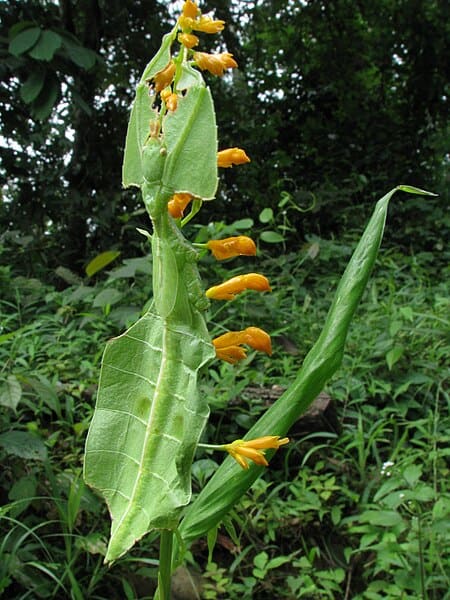
Leaf Insects, masters of camouflage, can sell for around $300. Native to Southeast Asia, these insects are known for their remarkable ability to mimic leaves, making them difficult to spot in the wild. Collectors prize them for their unique appearance and the challenge of breeding them. Their lifelike leaf mimicry, complete with veins and leaf spots, makes them a fascinating addition to any collection. The rarity and intricacy of their mimicry contribute to their high value.
Brazilian Jewel Beetle (Euchroma gigantea)
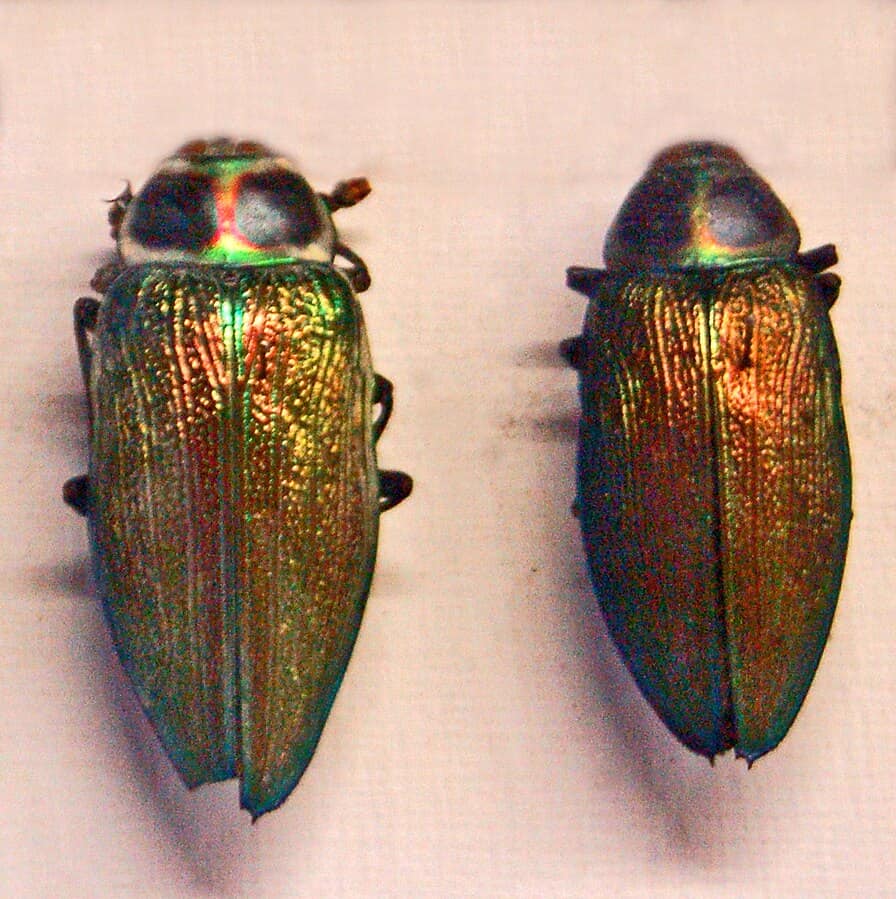
The Brazilian Jewel Beetle, with its iridescent green and gold coloring, can be valued at up to $2,000. Found in the rainforests of Brazil, this beetle is prized for its stunning appearance. The beetle’s metallic sheen, which changes color in different light, makes it highly desirable among collectors. Its rarity and the difficulty of capturing it in the wild add to its exclusivity. The beetle’s beauty and scarcity make it a prized specimen.
Zebra Tarantula (Aphonopelma seemanni)
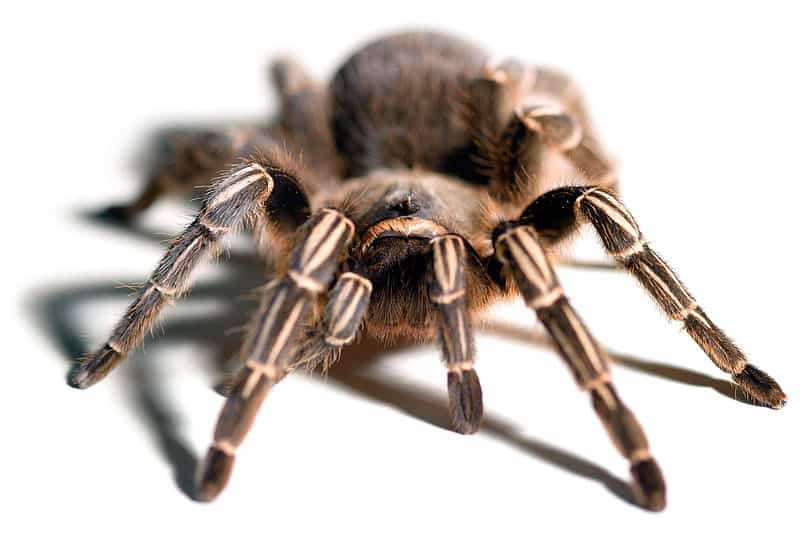
The Zebra Tarantula, known for its black and white striped legs, can fetch prices around $100. Native to Costa Rica, this tarantula is prized for its unique appearance and relatively docile nature. Collectors value the tarantula for its striking coloration and the challenge of breeding it in captivity. Its lifespan, which can exceed 20 years, adds to its appeal. The tarantula’s rarity and distinctive features make it a sought-after specimen.
Madagascan Moon Moth (Argema mittrei)
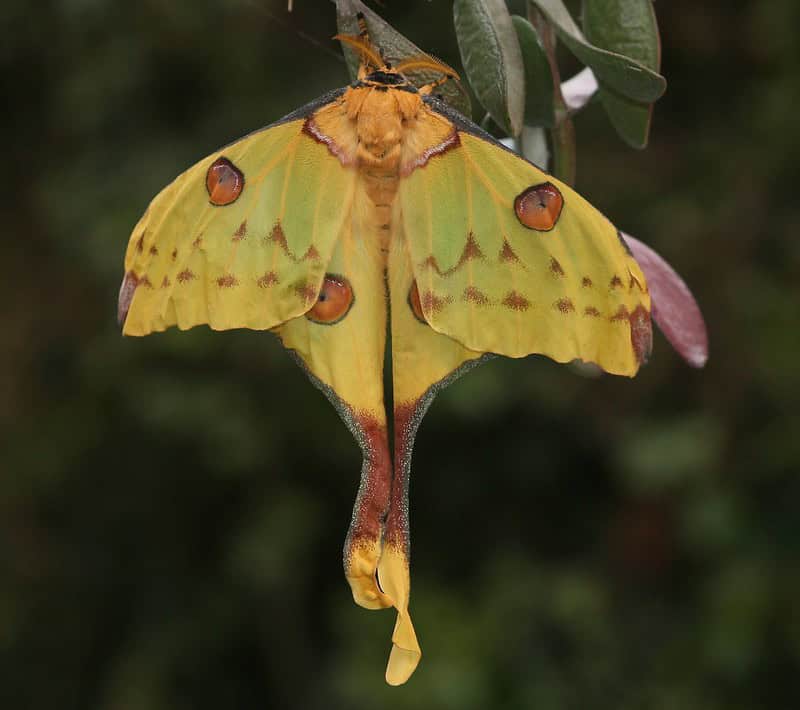
The Madagascan Moon Moth, with its long tail-like hindwings, can be worth up to $60. Native to Madagascar, this moth is known for its impressive size and vibrant green coloring. The moth’s unique appearance, with long tails that can reach up to 6 inches, makes it highly desirable among collectors. Its short adult lifespan and the challenges of breeding it in captivity add to its exclusivity. The moth’s beauty and rarity make it a prized addition to any collection.
Blue Morpho Butterfly (Morpho peleides)
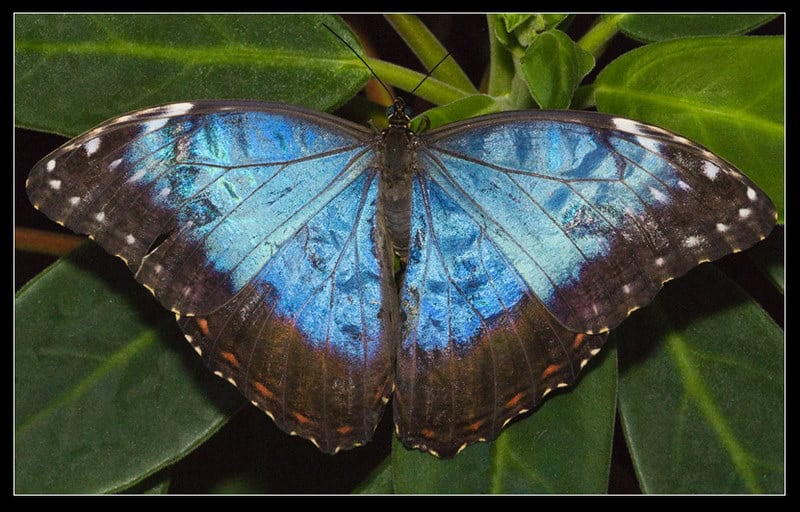
The Blue Morpho Butterfly, known for its iridescent blue wings, can sell for around $100. Native to the tropical forests of Central and South America, this butterfly is prized for its stunning appearance. The butterfly’s wings, which can reach up to 6 inches in span, are covered in tiny scales that reflect light, creating its characteristic blue color. Collectors value the butterfly for its beauty and the challenge of breeding it in captivity. Its rarity and distinctive features make it a sought-after specimen.
Jewel Wasp (Ampulex compressa)

The Jewel Wasp, with its metallic green and blue coloring, can be valued at up to $200. Found in tropical regions, this wasp is known for its unique behavior of using cockroaches as hosts for its larvae. Collectors prize the wasp for its striking appearance and fascinating behavior. The wasp’s metallic sheen, which changes color in different light, adds to its appeal. Its rarity and the difficulty of capturing it in the wild contribute to its high price.
Gooty Sapphire Ornamental Tarantula (Poecilotheria metallica)
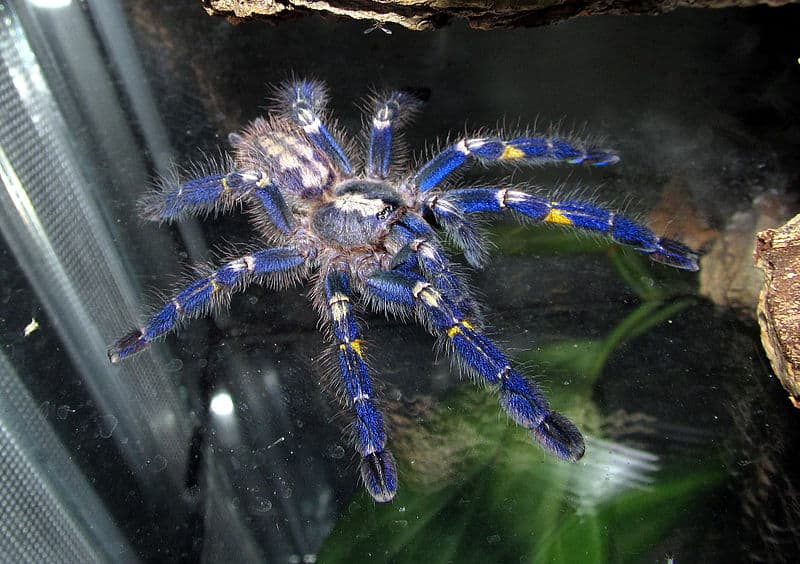
The Gooty Sapphire Ornamental Tarantula, known for its bright blue coloring, can fetch prices around $500. Native to India, this tarantula is prized for its stunning appearance. The tarantula’s vibrant blue color, which is rare among spiders, makes it highly desirable among collectors. Its rarity and the challenges of breeding it in captivity add to its exclusivity. The tarantula’s beauty and scarcity make it a prized specimen.
This article originally appeared on Rarest.org.
More From Rarest.Org
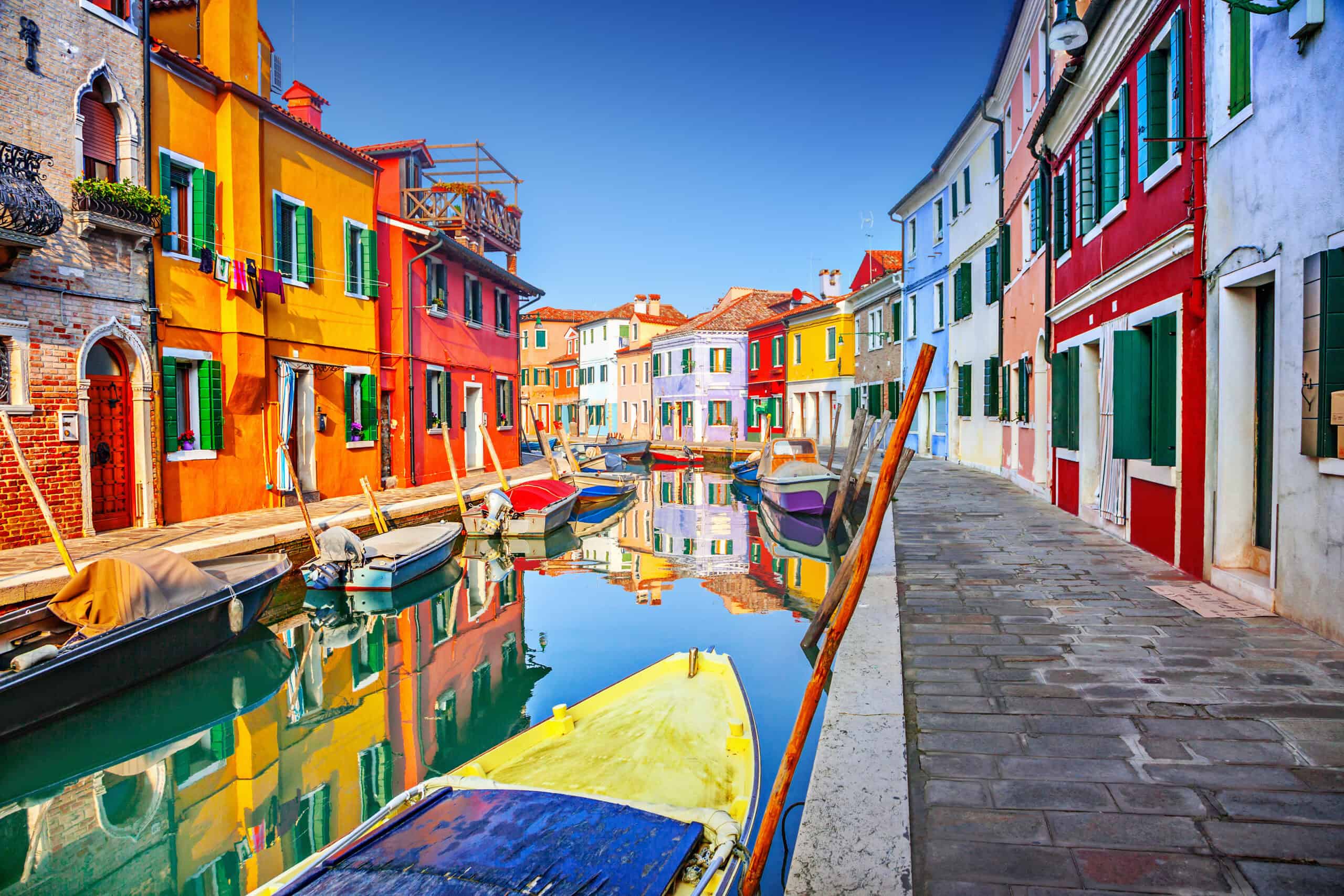
Exploring the world’s most colorful cities can be a delightful adventure, offering vibrant sights and rich cultural experiences. These destinations, with their brightly painted buildings and charming streets, create an atmosphere that is both captivating and unique. Read more.
15 Most Lucrative Wrestling Promotions

Wrestling promotions around the world have carved out unique niches, offering fans thrilling matches, captivating storylines, and memorable events. From global giants like WWE to independent sensations like PWG, these promotions have become powerhouses in the industry. Read more.
Discovering hidden gems in European cities offers travelers a unique and enriching experience beyond the usual tourist spots. These lesser-known attractions provide a glimpse into the local culture, history, and beauty that often goes unnoticed. Read more.

